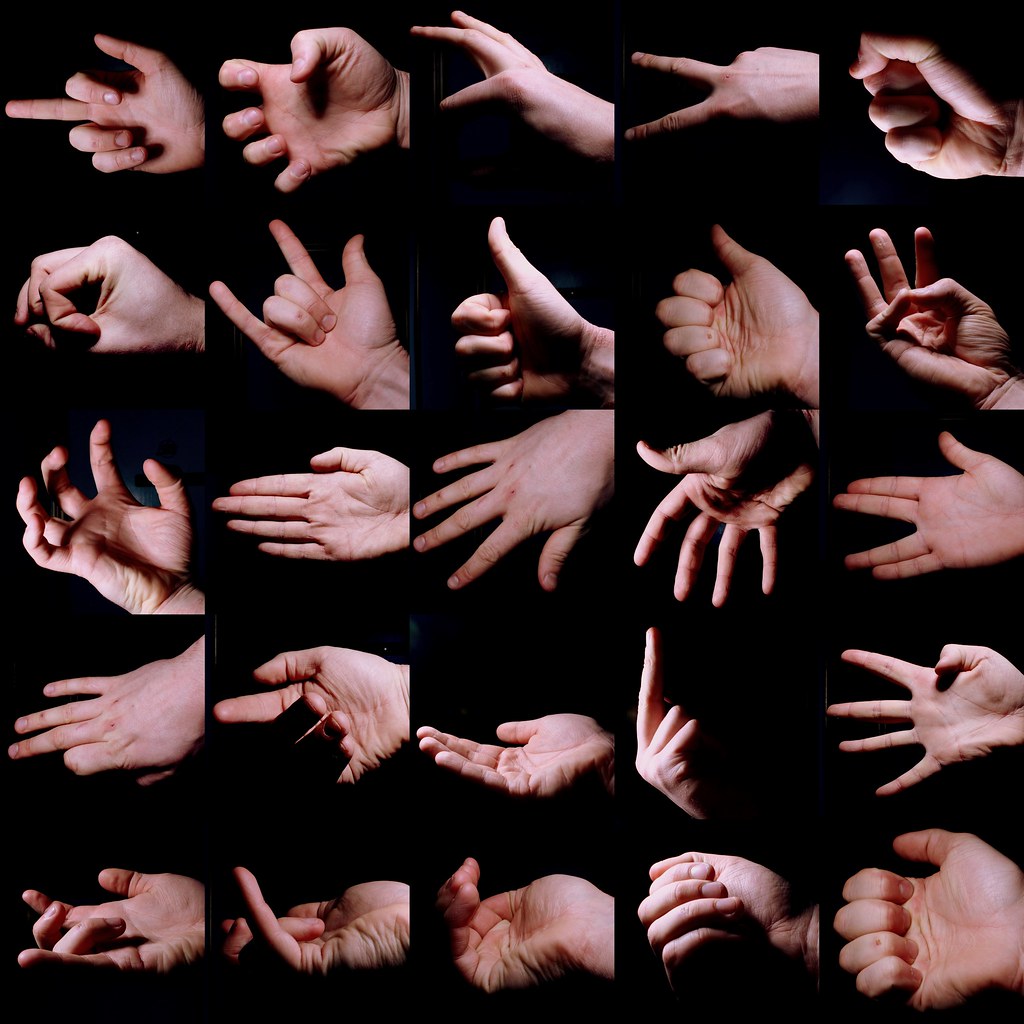Gesture And Shakespeare
What does waving hello to a friend walking by, the audience clapping for the great performance, and holding your hand out before a handshake have in common? They are all movements of the hands as ways of communicating information to others or to ourselves.Although we may not realize that we experience random hand movements , they all have a purpose whether it is the action or meaning behind it. As humans we try to understand all body movements.
Dr. Elizabeth Wakefield of Loyola University of Chicago along with her peers Novack and Golden- Meadow from the University of Chicago in a research paper titled What makes a movement a gesture? raised the question if all hand movements are actions, are they considered gestures. They found that a movement is considered a gesture based on the context clues such as the movement itself, the hand shape, or the environment.
Once established what a gesture is considered to be, Dr. Wakefield with her colleagues at Indiana University, James and James, tested to see the effects of using gestures when teaching children. They uncovered that children learned new verbs using two techniques; doing the action and gesturing the action. What they found was that the children who learned through gesture were able to take their knowledge of verbs and use it on different objects.
 Gestures not only can help children learn, but also depending on the context, they can also help in other ways such as helping autistic children develop better social skills. A new study was designed in group therapy that focused on autistic children and their use of Shakespeare. “Shakespeare’s rhythmic language with physical gesture” (Nauert) plays were recited by a group of children with ASD. At the end of the study with the children ASD showed improvement in language skills and emotional-facial recognition.
Gestures not only can help children learn, but also depending on the context, they can also help in other ways such as helping autistic children develop better social skills. A new study was designed in group therapy that focused on autistic children and their use of Shakespeare. “Shakespeare’s rhythmic language with physical gesture” (Nauert) plays were recited by a group of children with ASD. At the end of the study with the children ASD showed improvement in language skills and emotional-facial recognition.
There was about 14 children with ASD who participated in this 10 week study, all of whom did not know they were being tested. The children played games based on the plot of “The Tempest” that were meant to improve their skills of “facial-emotion recognition, eye contact, gross motor imitation, affective imitation, pragmatics of dialogue exchange, personal space, turn taking, affective expression, humor, and social improvisation”(Nauert).
These games, although not Dr. Wakefield’s definition of gesture, deal with movements and exercises in the context of the play and the reenactment of these over embellished gestures helped the children in ways that go far beyond a research lab.
RESOURCES:
Nauert PhD, R. (2016). Shakespearean Therapy May Aid Communication Skills of Autistic Youth. Psych Central. Retrieved on October 19, 2016, from http://psychcentral.com/news/2016/10/12/shakespearian-inspired-therapy-aids-communication-skills-of-autistic-youth/111031.html
Elizabeth M. Wakefield , Thomas W. James & Karin H. James (2013):Neural correlates of gesture processing across human development, Cognitive Neuropsychology,DOI:10.1080/02643294.2013.794777
Novack, Miriam A., Elizabeth M. Wakefield, and Susan Goldin-Meadow. "What Makes a Movement a Gesture?" Cognition 146 (2016): 339-48. Print.
IMAGES:


ReplyDeleteMy husband was diagnosed with early onset Parkinson's disease at 57.his symptoms were shuffling of feet,slurred speech, low volume speech, degradation of hand writing, horrible driving skills, right arm held at 45 degree angle, things were tough for me, but now he finally free from the disease with the help of total cure ultimate health home, he now walks properly and all symptoms has reversed, he had trouble with balance especially at night, getting into the shower and exiting it is difficult,getting into bed is also another thing he finds impossible.we had to find a better solution for his condition which has really helped him a lot,the biggest helped we had was ultimatehealthhome they walked us through the proper steps,am highly recommended this ultimatehealthhome@gmail.com to anyone who needs help.
ReplyDeleteI’ve been living with Parkinson’s disease for some time, and nothing I tried seemed to make a lasting difference—until I began the herbal treatment from NaturePath Herbal Clinic. I was skeptical at first, but after about four months, I started to notice real improvements. My tremors became less frequent, my stiffness reduced, and my balance and coordination gradually began to improve.
For the first time in years, I feel more in control of my body and daily life. I can move more freely, sleep better, and even enjoy simple activities again without constant discomfort. The changes have been truly uplifting—both physically and emotionally.
If you're exploring natural options for managing Parkinson’s, I genuinely recommend giving this a try. It’s been a life-changing experience for me.
Learn more at: www.naturepathherbalclinic.com